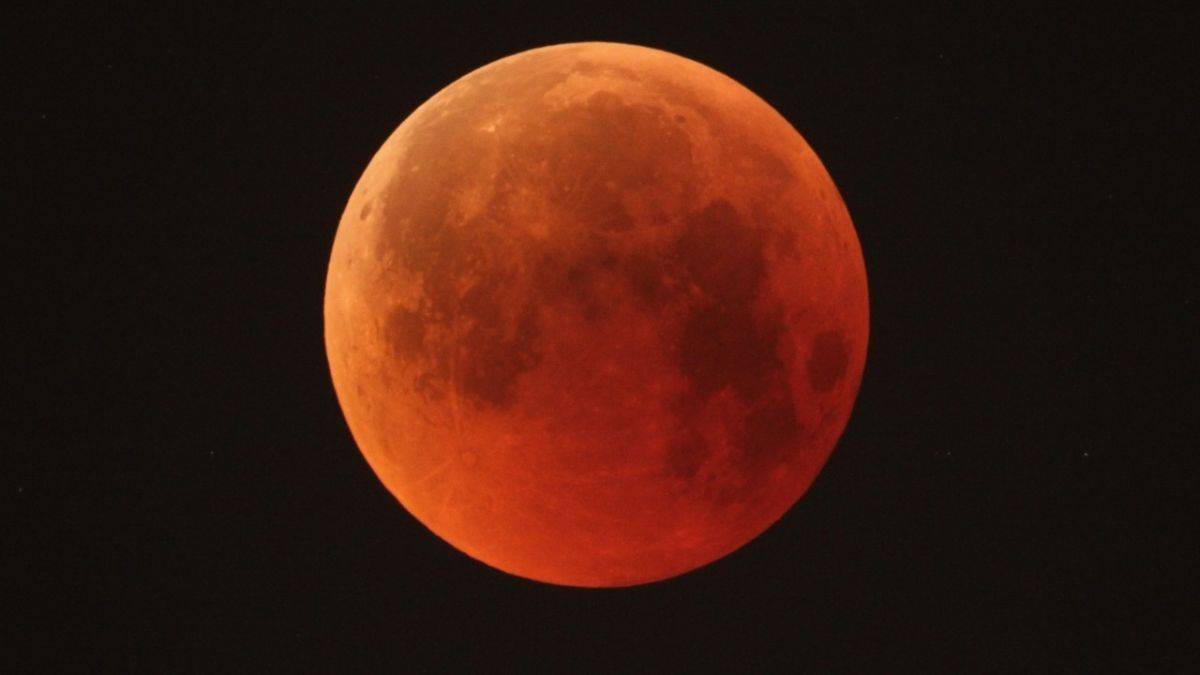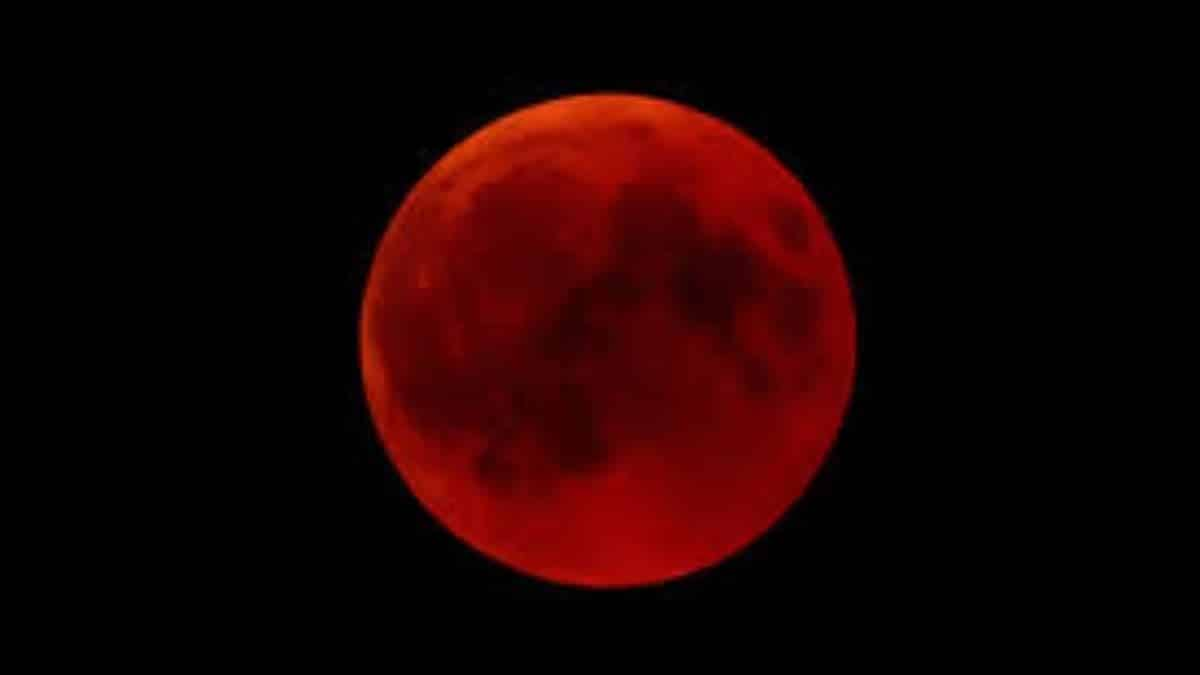What is the significance of the Blood Moon in 2022? – Read to know more

The total lunar eclipse on May 15-16 is referred to as a “blood moon” for a variety of reasons. Read this piece to know more.
When our planet’s water satellite advances to the deeper umbra of the earth’s shadow, a full lunar eclipse occurs. The eclipse would be seen from all parts of the globe on May 16, 2022, including America, Europe, Africa, Antarctica, and the east Pacific.
The moon will appear in the lighter penumbral shadow from the earth during this eclipse, resulting in a Blood Moon eclipse.

On May 16, the blood moon eclipse will peak at 12:11 a.m. (EDT) or 4:11 a.m. (GMT). The partial eclipse will begin on May 15 at 10:28 p.m. (EDT) or 02:28 p.m. (GMT). The occurrence will conclude at 5:55 a.m. (EDT) (GMT). The penumbral phase of the eclipse will begin an hour before the partial eclipse begins and last around an hour just after the partial eclipse ends.
The lunar eclipse on May 16 occurs 1.5 days before the moon reaches perigee, its closest approach to the earth. As a result, when viewed from Earth, the moon will look significantly larger in the sky during the eclipse. As a result, this moon is referred to as a “supermoon.” The moon will be visible in the constellation of Libra during the eclipse on May 15-16.
This eclipse is known as Saros 131 in the lunar eclipse catalogue. There are 72 eclipses in this sequence, with this eclipse being number 34. All eclipses in the Saros 131 series occur at the moon’s falling node. The moon would be seen advancing northward in relation to this node with each subsequent eclipse in this sequence.
The full moon in May is referred to as a super moon since the earth’s natural satellite will be nearest to the earth. People living near the coast might expect higher-than-normal tides in the water in the days following the eclipse. Perigean spring tides are the name for these types of tides.
These days, close full moons are referred to as super moons. Supermoon tides are named from the high tides they bring.

